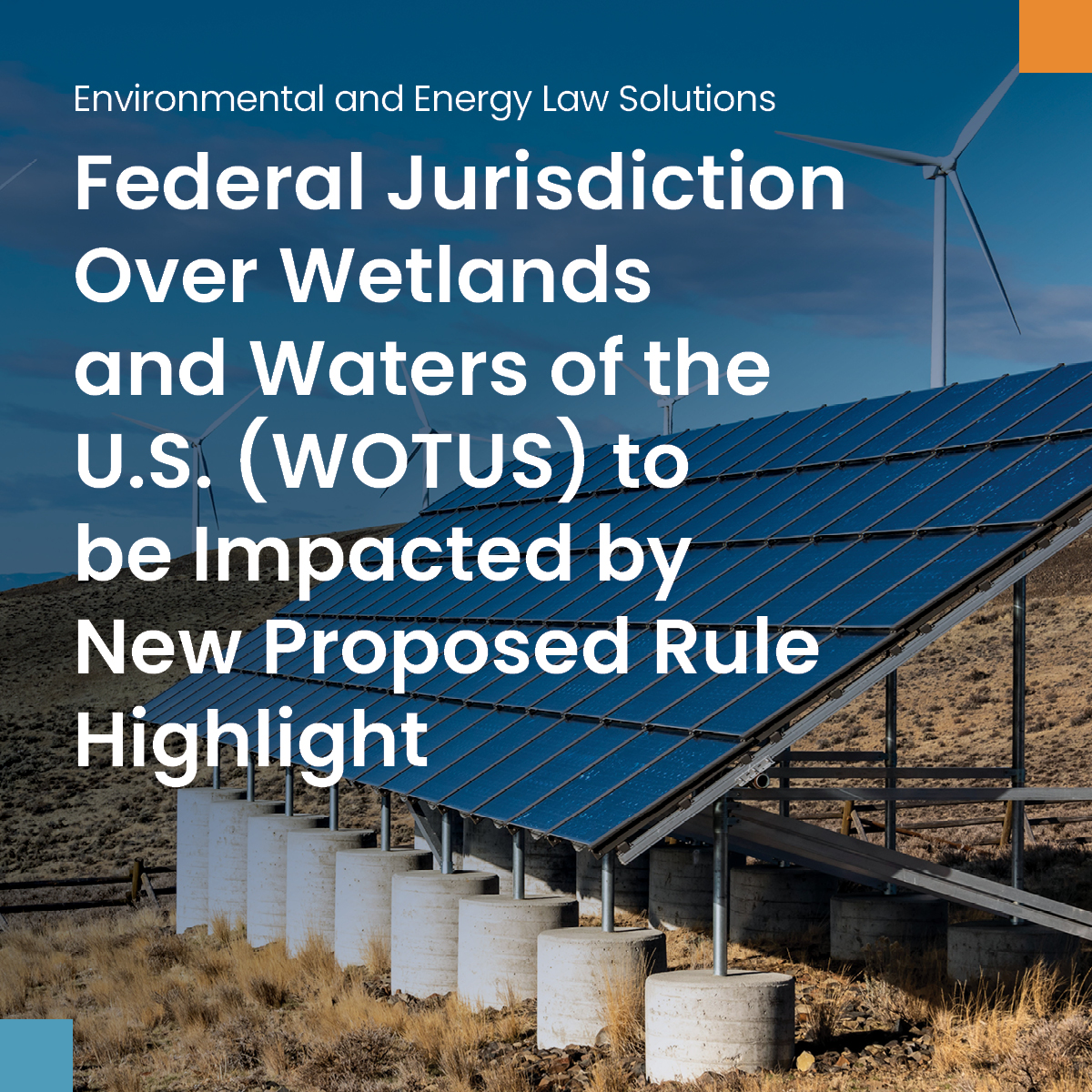Is China’s new PHEV struggle affecting brands’ EV sales? – Autovista24

Report on China’s Electric Vehicle Market Performance and Alignment with Sustainable Development Goals (Q1-Q3 2025)
This report analyzes the performance of China’s electric vehicle (EV) market for the first three quarters of 2025. The analysis places significant emphasis on how market trends and brand strategies align with the United Nations Sustainable Development Goals (SDGs), particularly SDG 7 (Affordable and Clean Energy), SDG 9 (Industry, Innovation, and Infrastructure), SDG 11 (Sustainable Cities and Communities), SDG 12 (Responsible Consumption and Production), and SDG 13 (Climate Action).
Overall Market Dynamics and Progress Towards SDG 13 (Climate Action)
The Chinese EV market continued its expansion in the first nine months of 2025, a critical development for achieving SDG 13 by reducing transport sector emissions. However, the pace of growth has moderated, and a significant divergence has emerged between powertrain technologies.
Market Growth Trends: Q1-Q3 2025
- Total EV Market: Grew by 30.3% year-on-year. This represents a deceleration from the 40.4% growth rate observed in the first half of the year.
- Battery Electric Vehicle (BEV) Market: Demonstrated robust growth of 37.4%, indicating strong consumer adoption of zero-emission vehicles, directly supporting SDG 11 and SDG 13.
- Plug-in Hybrid Electric Vehicle (PHEV) Market: Experienced a significant slowdown, with growth of 21% over nine months, down from 35.7% at the six-month mark. September’s year-on-year growth was only 0.4%, the lowest since June 2020.
The data suggests a market pivot towards fully electric vehicles, which more effectively contributes to long-term climate and air quality goals. The slowdown in the PHEV segment, often viewed as a transitional technology, highlights a maturing consumer preference for BEVs.
Brand Performance Analysis and Contribution to SDG 9 (Industry, Innovation, and Infrastructure)
The divergent performance of BEV and PHEV segments has directly impacted the success of domestic brands, reflecting their strategic alignment with industrial innovation (SDG 9) and the clean energy transition (SDG 7).
BYD: Market Leader Facing Headwinds
- Market Position: Remains the market leader with a 24.9% share, though this has declined by 6.8 percentage points year-on-year.
- Growth: Slowed to just 2.5% for the nine-month period, a sharp drop from 19.9% in the first half.
- Powertrain Dependency: With 52.6% of its sales from PHEVs, BYD’s performance has been heavily impacted by the segment’s slowdown. Several of its key PHEV models recorded year-on-year volume losses.
Geely: A Standout Performer Driven by BEV Innovation
- Growth: Achieved an exceptional volume increase of 234.7%, boosting its market share to 8.8% (an increase of 5.4 percentage points).
- Strategic Focus: 69.5% of its EV sales were BEVs, insulating it from the PHEV downturn.
- Key Model: The Geely Geome Xingyuan was the best-selling BEV in China, demonstrating successful innovation (SDG 9) and contributing to responsible consumption patterns (SDG 12).
Wuling and Tesla: Divergent Paths in the BEV Sector
- Wuling: Saw volumes improve by 44.1%, with 94.1% of its sales being BEVs. The success of the affordable Wuling Mini makes a significant contribution to SDG 7 by increasing access to clean energy transport for a wider demographic.
- Tesla: Experienced a 6.1% year-on-year decline in volume, with market share falling by 1.8 percentage points. The brand faces increased competition, with its Model Y no longer dominating the market and the Model 3 seeing reduced demand.
Emerging Leaders and Market Diversification
The competitive landscape is diversifying, rewarding brands with strong BEV portfolios.
- Leapmotor: Sales increased by 116%, driven by a portfolio where BEVs account for 78.6% of sales.
- Chery: Grew by 126.6%, though its BEV share was lower at 29.5%.
- Xiaomi: As a BEV-focused marque, it recorded the largest gain in the top 10, with volumes growing 281.8%.
- Li Auto & Aito: Both brands, with a high dependency on PHEVs (92.2% for Li Auto), recorded volume declines, highlighting the risks of misalignment with the accelerating BEV trend.
Key Model Performance and Consumer Trends Reflecting SDG 12 (Responsible Consumption)
Consumer preferences are shifting, favoring models that advance the goals of sustainable mobility. This change in consumption patterns is a core component of SDG 12.
Top Battery Electric Vehicle (BEV) Models (Jan-Sep 2025)
- Geely Geome Xingyuan
- Tesla Model Y
- Wuling Mini
The leadership of the Geome Xingyuan and the strong performance of the Wuling Mini indicate a consumer shift towards innovative and accessible BEVs, accelerating the creation of sustainable cities (SDG 11).
Top Plug-in Hybrid Electric Vehicle (PHEV) Models (September 2025)
- BYD Qin Plus
- Aito M8
- BYD Destroyer 05
Despite the segment’s overall weakness, specific models like the BYD Qin Plus continue to perform well. However, the decline of previously dominant models like the BYD Song Plus signals a significant market realignment.
Conclusion: Market Realignment and Future Outlook for Sustainable Mobility
The Chinese EV market in 2025 is characterized by a strategic and consumer-driven pivot towards BEVs. This trend strengthens the market’s alignment with global sustainability objectives. Brands that prioritize BEV innovation and affordability are gaining a competitive advantage, thereby accelerating China’s progress towards SDG 7, SDG 9, SDG 11, and SDG 13. The slowdown in the PHEV segment suggests it is increasingly being bypassed in favor of zero-emission solutions, a positive indicator for long-term climate action goals.
Analysis of Sustainable Development Goals in the Article
1. Which SDGs are addressed or connected to the issues highlighted in the article?
-
SDG 7: Affordable and Clean Energy
- The article’s entire focus is on the electric vehicle (EV) market, which represents a major shift towards cleaner energy in the transportation sector. The growth in sales of Battery Electric Vehicles (BEVs) and Plug-in Hybrid Electric Vehicles (PHEVs) directly contributes to increasing the share of electricity as a transport fuel, which can be sourced from clean energy.
-
SDG 9: Industry, Innovation, and Infrastructure
- The text details the intense competition and innovation within the automotive industry in China. It highlights how various brands like BYD, Geely, Tesla, and Leapmotor are developing and scaling up the production of new EV technologies. The article’s discussion of “a diverse portfolio of products” and the rapid growth of companies like Geely (up 234.7%) and Xiaomi (up 281.8%) exemplifies the industrial innovation and transformation towards more sustainable technologies.
-
SDG 11: Sustainable Cities and Communities
- The large-scale adoption of EVs, as documented in the article, has a direct impact on urban environments. EVs produce zero tailpipe emissions, which helps to reduce air pollution in cities. The sheer volume of sales mentioned, such as “836,711 models were sold” in September, points to a significant contribution to improving air quality and making cities more sustainable.
-
SDG 13: Climate Action
- The transition from internal combustion engine vehicles to EVs is a critical strategy for mitigating climate change by reducing greenhouse gas emissions from the transport sector. The article provides concrete data on the progress of this transition in China, a major global market. The “overall Chinese electric vehicle (EV) market rose by 30.3% over the first three quarters of the year,” indicating a substantial and ongoing action to decarbonize transportation.
2. What specific targets under those SDGs can be identified based on the article’s content?
-
Target 7.3: By 2030, double the global rate of improvement in energy efficiency.
- Electric vehicles are inherently more energy-efficient than traditional internal combustion engine vehicles. The article’s detailed account of the massive growth in the EV market, with sales increasing by 30.3% in the first three quarters of 2025, implies a significant improvement in the overall energy efficiency of China’s passenger vehicle fleet.
-
Target 9.4: By 2030, upgrade infrastructure and retrofit industries to make them sustainable… with greater adoption of clean and environmentally sound technologies.
- The article is a case study of this target in action within the automotive industry. It describes how major manufacturers (BYD, Geely, Tesla, etc.) are retrofitting their production to focus on clean technologies (BEVs and PHEVs). The success of “BEV-focused” brands like Xiaomi, which “saw volumes grow 281.8%,” demonstrates the rapid adoption of these technologies at an industrial scale.
-
Target 11.6: By 2030, reduce the adverse per capita environmental impact of cities, including by paying special attention to air quality.
- The shift in consumer preference towards EVs, which have no tailpipe emissions, directly addresses this target. The article highlights the popularity of specific models, such as the Wuling Mini with “51,743 sales” in a single month, indicating that hundreds of thousands of non-polluting vehicles are being added to urban roads, thereby contributing to better air quality.
-
Target 13.2: Integrate climate change measures into national policies, strategies and planning.
- While the article does not discuss policy directly, the thriving EV market it describes is the result of China’s national strategies to promote new energy vehicles as a key climate change measure. The data on market growth, brand performance, and sales volumes serves as a measure of the implementation and success of these national climate strategies.
3. Are there any indicators mentioned or implied in the article that can be used to measure progress towards the identified targets?
-
Indicator: Sales volume and market share of electric vehicles (BEVs and PHEVs).
- This is the most prominent indicator throughout the article. It is used to measure the adoption of cleaner and more energy-efficient technology. Specific data points include: “the BEV market grew once again in September. In total, 836,711 models were sold, which equated to a rise of 26.5%,” and “Between January and September, China’s PHEV market saw 3,859,629 passenger car sales, a 21% increase year on year.”
-
Indicator: Growth rate of companies producing clean technologies.
- The article uses the sales growth of specific car manufacturers as an indicator of industrial transformation. This measures how quickly the industry is shifting towards sustainable production. Examples include: “Geely… has seen volumes increase by 234.7% in the first nine months of 2025,” “Leapmotor’s sales were up 116% between January and September,” and “Chery, meanwhile, saw growth of 126.6%.”
-
Indicator: Proportion of clean technology products in a company’s sales mix.
- The article implies this indicator by analyzing how a company’s reliance on BEVs versus PHEVs affects its performance. This can measure the depth of a company’s commitment to the cleanest technologies. For example, it notes that for Leapmotor, “BEVs… accounted for 78.6% of its EV sales, meanwhile Chery’s all-electric cars only accounted for 29.5%,” and for Wuling, “94.1% were all-electric.”
4. Summary Table of SDGs, Targets, and Indicators
| SDGs | Targets | Indicators |
|---|---|---|
| SDG 7: Affordable and Clean Energy | 7.3: Double the rate of improvement in energy efficiency. | Overall growth of the EV market (e.g., “The overall Chinese electric vehicle (EV) market rose by 30.3% over the first three quarters of the year.”). |
| SDG 9: Industry, Innovation, and Infrastructure | 9.4: Upgrade industries and adopt clean technologies. | Sales volume growth of EV manufacturers (e.g., “Geely… has seen volumes increase by 234.7%,” “Leapmotor’s sales were up 116%”). |
| SDG 11: Sustainable Cities and Communities | 11.6: Reduce the per capita environmental impact of cities (re: air quality). | Absolute sales figures for zero-tailpipe-emission vehicles (e.g., “The Wuling Mini led the way thanks to 51,743 sales” in one month). |
| SDG 13: Climate Action | 13.2: Integrate climate change measures into national strategies. | Year-on-year increase in sales of BEVs and PHEVs, reflecting the implementation of national strategies (e.g., “the BEV market saw an improvement of 37.4% across the first nine months of 2025.”). |
Source: autovista24.autovistagroup.com
What is Your Reaction?
 Like
0
Like
0
 Dislike
0
Dislike
0
 Love
0
Love
0
 Funny
0
Funny
0
 Angry
0
Angry
0
 Sad
0
Sad
0
 Wow
0
Wow
0













































































